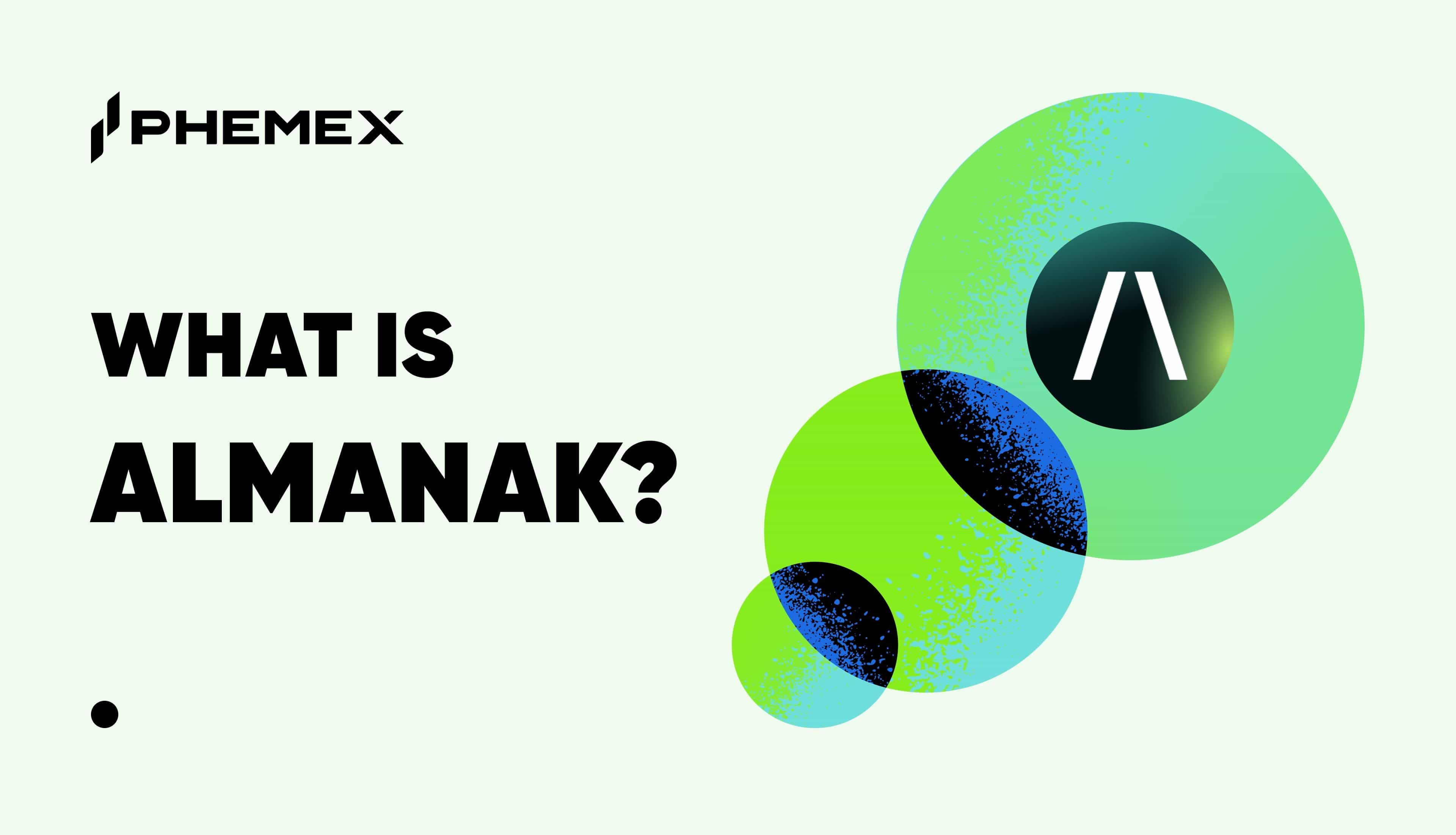What is Yield Farming?
Yield farming has become a groundbreaking strategy within the decentralized finance (DeFi) realm, offering cryptocurrency enthusiasts an innovative pathway to optimize the returns on their digital assets. This approach significantly deviates from conventional investment strategies by proactively utilizing cryptocurrencies to generate additional yields, primarily via lending, staking, and contributing to liquidity pools.
Central to yield farming is the act of allocating cryptocurrencies to DeFi protocols—blockchain-based applications designed to offer rewards for such participation. These rewards, typically issued in the form of new digital tokens, serve as a compelling incentive for users to dedicate their assets towards enhancing the liquidity of DeFi platforms. Liquidity pools, pivotal to the yield farming ecosystem, amalgamate various cryptocurrencies to support the platform's trading, lending, and borrowing services.
The Ethereum blockchain plays a vital role in hosting yield farming activities, thanks to its robust support for DeFi applications and its utilization of ERC-20 tokens for transactions and rewards. This reliance on Ethereum's technology highlights the importance of blockchain attributes such as transparency, security, and permanence in yield farming operations.
Yield farming shifts the paradigm from mere passive holding of cryptocurrencies to a dynamic investment strategy, aiming to tap into the extensive capabilities of DeFi platforms. This active engagement not only opens up new avenues for revenue generation from digital assets but also bolsters the liquidity and functionality of the DeFi ecosystem, thereby driving forward innovation and expansion in the blockchain domain.
In essence, yield farming epitomizes the progressive evolution of digital finance, offering a unique and rewarding opportunity for cryptocurrency holders to participate in and benefit from the DeFi sector. As the DeFi space continues to evolve, yield farming emerges as a testament to the innovative possibilities that blockchain technology brings to financial services, heralding a new era of income generation and digital asset management.
How does it work?
Yield farming is a key strategy in the DeFi space, offering a complex but rewarding mechanism for cryptocurrency investors. Central to yield farming are liquidity pools, which are essentially pools of tokens locked within a smart contract. These pools enable a variety of DeFi activities, including trading, lending, and borrowing.
When investors, known as liquidity providers, deposit their crypto into these pools, they're rewarded with liquidity tokens. These tokens represent their stake in the pool and entitle them to a share of the transaction fees generated by the platform's activities, effectively rewarding them for their investment and the associated risks.
The appeal of yield farming comes from its potential to offer much higher returns than traditional financial investments, thanks to the dynamic nature of DeFi protocols and the cryptocurrencies they involve. Savvy investors often move their assets across various protocols to chase the highest yields, leveraging their deep understanding of the DeFi market.
Yield farming also continually evolves, introducing new reward mechanisms such as governance tokens, which can further enhance profitability. However, this also adds layers of complexity and risk, especially considering the volatility of the crypto market and potential smart contract vulnerabilities.
The reliance on the Ethereum network and its ERC-20 tokens for transactions and rewards underlines yield farming's operations, utilizing Ethereum's smart contract capabilities for automation. This ensures transparency and trust in the rewards mechanism but also links yield farming's success to Ethereum's network performance and associated gas fees.
In summary, yield farming represents a cutting-edge, high-reward investment strategy within the DeFi sector, pushing the boundaries of traditional finance. However, it requires a nuanced understanding of DeFi protocols and a strategic approach to navigate its complexities and capitalize on its opportunities.
The advantage of Yield Farming
Yield farming emerges as a groundbreaking strategy within the decentralized finance (DeFi) space, providing an enticing pathway for generating passive income. This innovative method stands in stark contrast to traditional financial models, where returns from avenues such as savings accounts are typically minimal. Yield farming's unique combination of blockchain technology and finance cultivates an environment where participants can apply complex strategies across the DeFi ecosystem to boost their returns significantly.
A critical advantage of yield farming is its contribution to the growth and widespread adoption of DeFi protocols. By incentivizing participation with the promise of lucrative Crypto Rewards, yield farming not only benefits individual participants with enhanced returns but also plays a pivotal role in the expansion and dynamism of the blockchain domain. This process is fueled by the active participation of users, who reap compounded Crypto Rewards on their digital assets, thereby fostering a thriving ecosystem.
Furthermore, yield farming propels the evolution of financial services, leveraging blockchain's core attributes—transparency, security, and efficiency. It democratizes the financial landscape, allowing a wider audience to partake in the DeFi market's growth. Yield farmers have the opportunity to diversify their investment portfolio, ranging from stablecoin lending to engaging in more speculative activities within liquidity pools, each with its own set of risks and potential Crypto Rewards.
The inherently dynamic nature of yield farming also stimulates innovation within the DeFi sector. As platforms vie for liquidity providers, they frequently introduce new financial products and reward mechanisms, enriching the DeFi landscape. This competitive atmosphere not only advantages astute investors but also challenges the limits of decentralized finance, paving the way for ongoing innovation within the blockchain ecosystem.
In essence, yield farming symbolizes the transformative impact of DeFi, blending technology and finance to unlock extraordinary opportunities for passive income generation. Its significant contribution to the development and acceptance of DeFi protocols highlights the profound influence of blockchain technology on the future of finance, marking a new epoch of investment strategy characterized by accessibility, innovation, and substantial Crypto Rewards.
The disadvantage of Yield Farming
Yield farming, a notable innovation within the decentralized finance (DeFi) sphere, offers an appealing path for earning passive income by employing complex strategies that utilize blockchain technology. Despite its potential for lucrative returns, yield farming is accompanied by significant challenges and risks. The volatile nature of the cryptocurrency market, combined with the emerging and largely unregulated state of numerous DeFi protocols, presents a broad range of risks that could lead to substantial financial losses.
High entry barriers pose a considerable challenge for those looking to engage in yield farming. The necessity for significant initial investments may deter novices or those with limited funds, restricting access to a potentially rewarding endeavor and increasing the risk of financial loss in a downturn market.
Furthermore, the security vulnerabilities associated with yield farming, particularly those related to smart contracts, cannot be ignored. While smart contracts facilitate automation and decentralization, they are not without flaws, which can be exploited by malicious entities, leading to potential losses. This issue is compounded by the lack of a regulatory safety net to protect participants from such exploits.
Another critical downside to yield farming is the nature of the rewards, often issued in protocol tokens. These tokens can experience extreme volatility and are susceptible to market speculation, diminishing the value of rewards and exposing investors to the threat of "rug pulls," where developers withdraw liquidity, leaving investors with valueless assets.
To navigate the complexities of yield farming successfully, an in-depth understanding of DeFi protocols, effective risk management strategies, and a keen insight into market dynamics are essential. The intricacies and risks associated with yield farming highlight the need for comprehensive research and potentially consulting with financial experts before venturing into this speculative field. Yield farmers must balance the potential for high returns against the risk of significant losses, making informed decisions grounded in a thorough evaluation of the associated risks.
In sum, while yield farming presents an innovative method for generating passive income within the DeFi sector, it is fraught with challenges that necessitate cautious and informed decision-making. The speculative and dynamic nature of this area requires a knowledgeable approach, backed by thorough research and solid risk management practices, to leverage its opportunities while minimizing potential drawbacks.
Read More
- Yield Farming: Is It Still Worth Doing In 2022?
- Yield Farming vs. Staking vs. Liquidity Mining: All You Need to Know
- What are Crypto Dividends & How do they Work?
- What is Defi 2.0 Protocol & How does it Work?
- https://phemex.com/academy/defi
- What Is DeFi: How To Be Your Own Bank With $100
- What is a Cryptocurrency Savings Account & How does it Work?
- Beefy Finance (BIFI): The Yield Farming Optimizer








